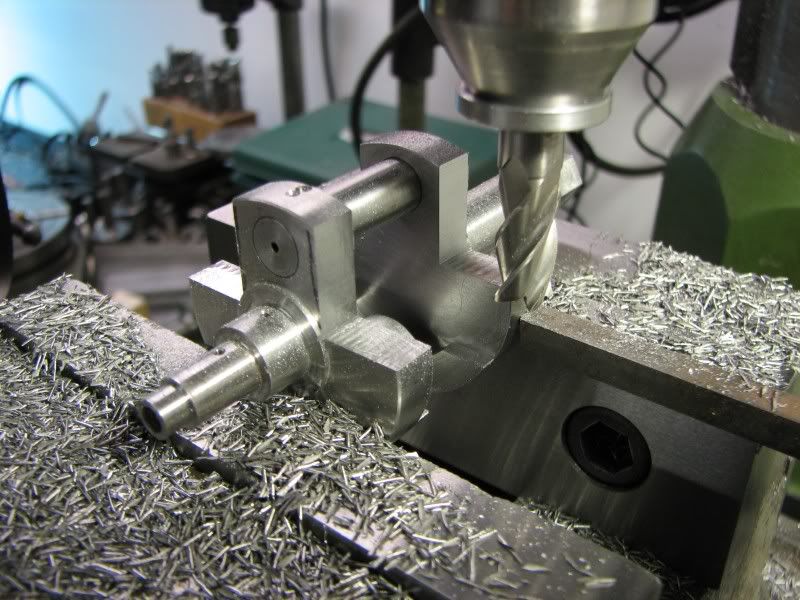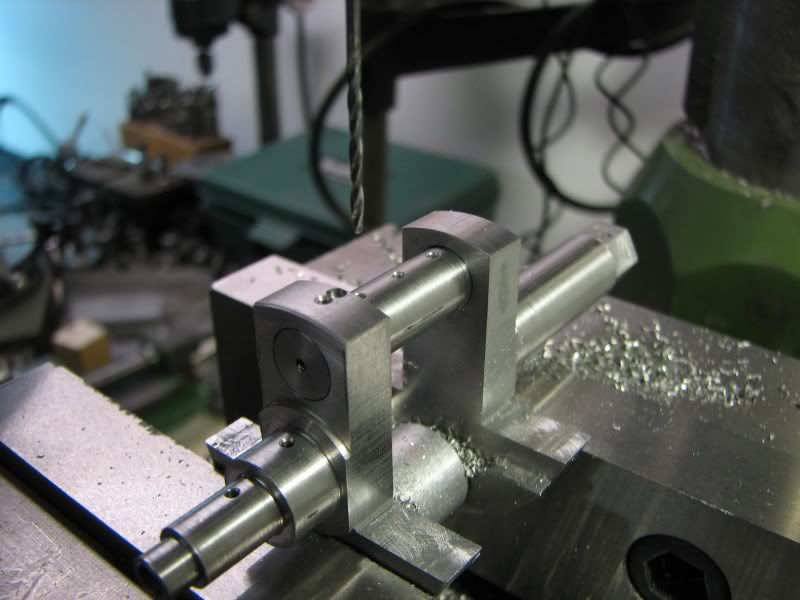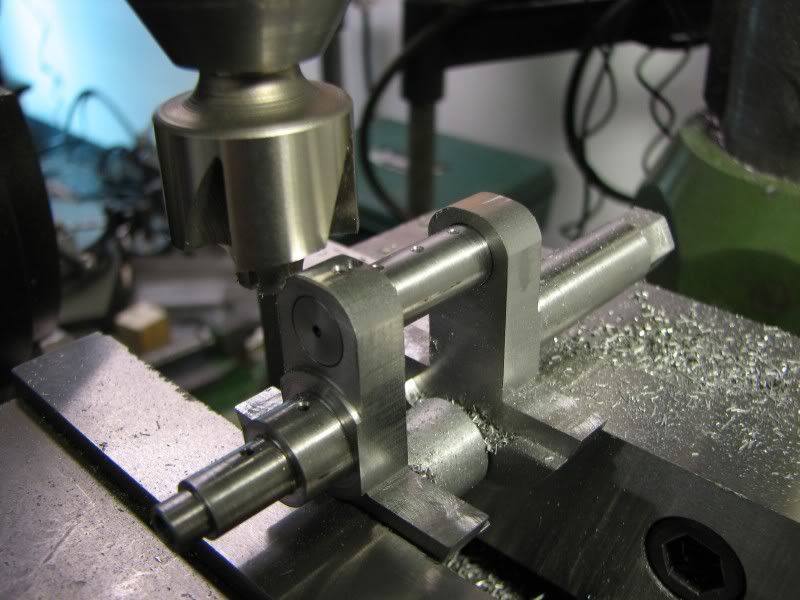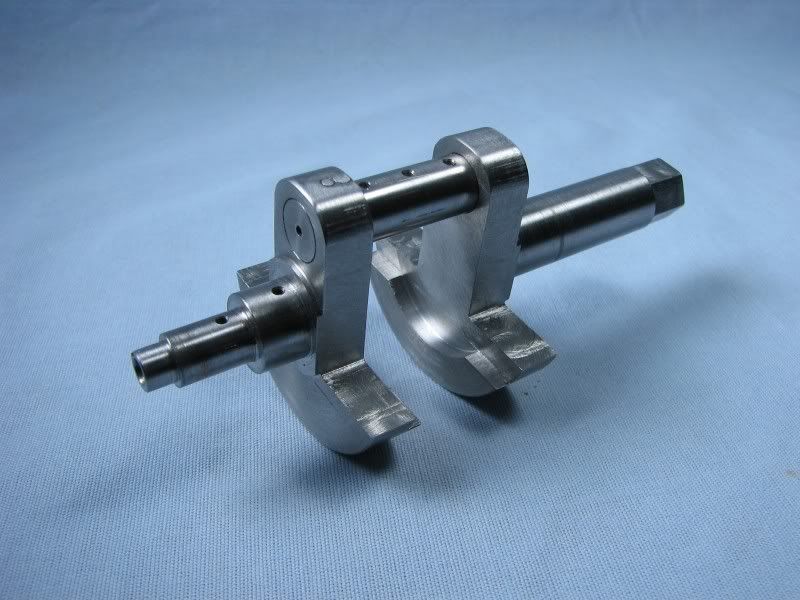It's great watching your setups, George. I get a good feeling when I see that I do things in a similar way to your methods. Like I'm doing something well and proper.
The rods look really good. Thanks for the photo essay!
Dean
The rods look really good. Thanks for the photo essay!
Dean





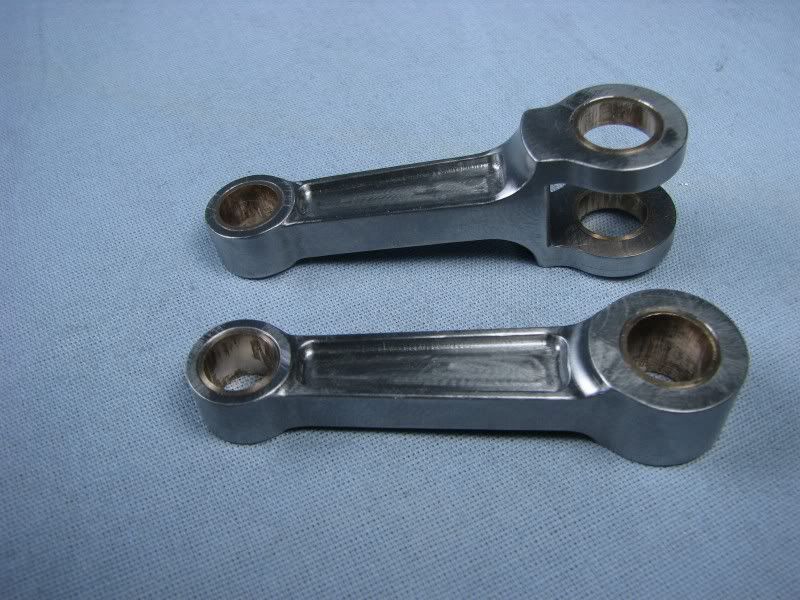
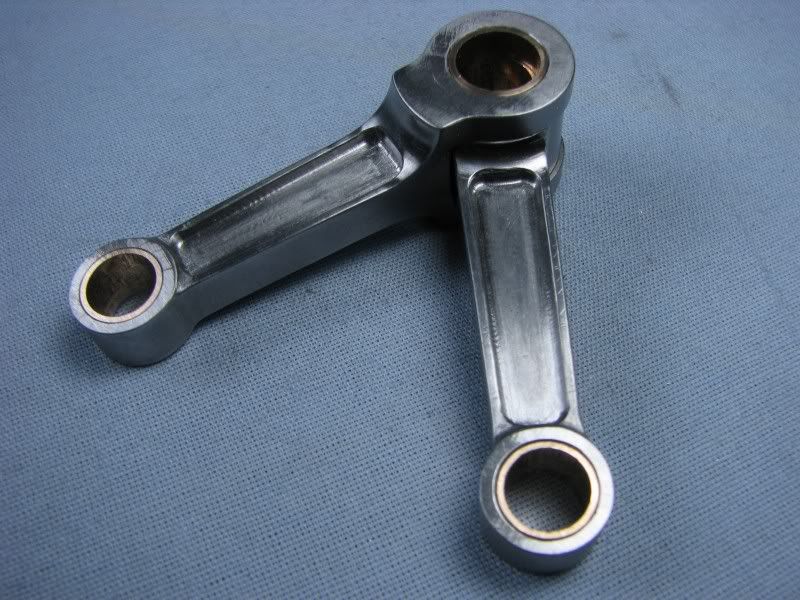
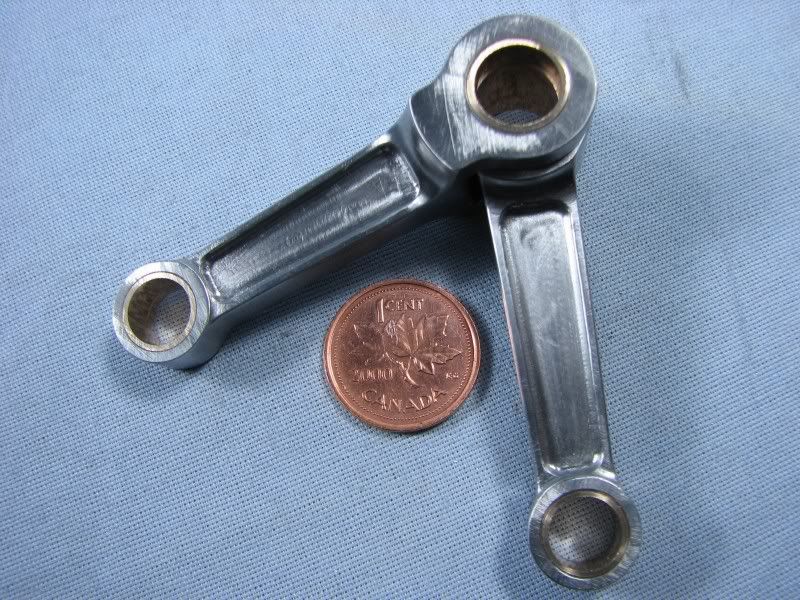


































![DreamPlan Home Design and Landscaping Software Free for Windows [PC Download]](https://m.media-amazon.com/images/I/51kvZH2dVLL._SL500_.jpg)

















![MeshMagic 3D Free 3D Modeling Software [Download]](https://m.media-amazon.com/images/I/B1U+p8ewjGS._SL500_.png)












